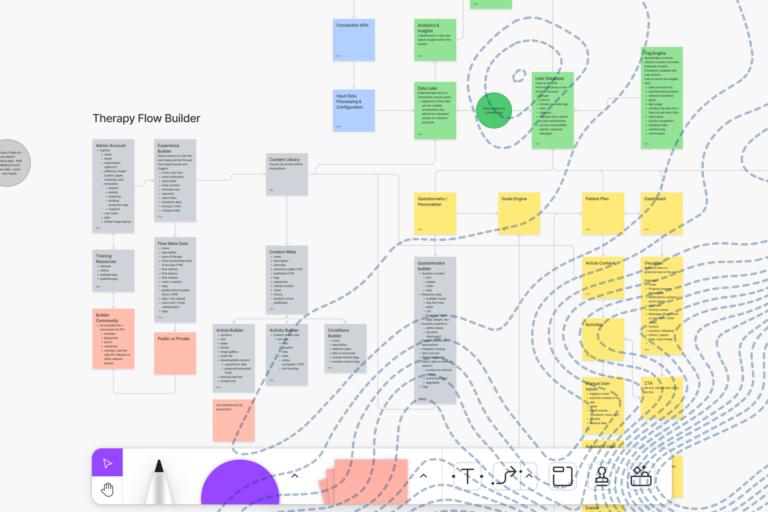(Pictured: The Senate Committee on Health, Education, Labor and Pension met in March to discuss the impact of proposed data interoperability regulations. Source: Senate HELP)
In February, the Centers for Medicaid & Medicare Services dropped a major bombshell on the healthcare IT world – new healthcare interoperability regulations. The new draft regulations, which originated in the 21st Century Cures Act that was passed in 2016, call for a major realignment of the healthcare IT landscape to improve overall interoperability and the usefulness of patient data.
In late March, the Senate convened to review the recommended rules and receive comment from stakeholders in the industry, including representatives from provider and payer groups. The hearings gave us our first real glimpse into how the health IT world expects to respond to these regulation – and given that the regulations are poised to impact every player in the healthcare ecosystem, the reception was perhaps understandably mixed.
Building a digital product?
What do the government’s new interoperability guidelines say?
First, a quick primer on what CMS is actually recommending. The new regulations call for the universal adoption of the HL7 healthcare data guidelines, and stipulate a variety of mandatory types of information sharing – including immediate electronic communication of healthcare events (admission and discharge, primarily); access to data on diagnoses, treatment, and outcomes; and an end to “data blocking,” the practice of preventing access to potentially useful patient data through restrictive technology or business agreements (often for the purposes of competitive advantage, by keeping competing health IT vendors and provider groups at arm’s length).

But as with any regulatory process, questions remain about how the rules will translate into actual enforcement mechanisms. For example, the new CMS guidelines call for the elimination of barriers to API access for patient data, including unreasonable review and approval processes, but provides few details on what would constitute a “reasonable” review process.
And as with many healthcare regulations, the penalties for non-compliance are potentially severe: any provider or insurer that failed to meet the new requirements would be ineligible to receive federal healthcare funding through programs like Medicare, Medicaid, or C.H.I.P. With the federal government representing nearly 50% of all healthcare spending, that’s a lot of lost revenue.
Providers voice interoperability readiness concerns
The overall reception to the regulations was hopeful – and no surprise, since the woes of patient data have been extensively documented. However, major concerns were raised by representatives from the healthcare IT world about the ultimate impact the current proposed regulations would have on the healthcare world.
One of the biggest concerns voiced during the Senate hearings was that providers simply won’t be able to conform to the new requirements in time. As reported in Fierce Healthcare, some health IT pros – including Dr. Christopher Rehm, chief medical informatics officer at Lifepoint Health – worried that providers might not be able to meet the admission and discharge notification requirements, since many EHR vendors do not currently have the ability to generate the required notifications and the proposed implementation deadline is less than 2 years away.
Other concerns arose around the financial burden on the challenge – since the bill, as written, could potentially leave providers on the hook for the inaction of their vendors. (On the other hand, such a requirement would place enormous pressure on provider procurement processes to conform, which would itself drive change at the vendor level.)
Will EHRs fight changes or look to adapt?
What will the ultimate outcome of the interoperability guidelines be? The honest answer is that it’s too early to say, especially given the back-and-forth nature of federal guidelines like those proposed by CMS. It’s likely that the current guidelines will be revised in response to the public comment period, but the extent of those revisions is impossible to predict – as are the tenacity of the eventual enforcement, and the actual ramifications for non-complying providers and vendors.

Much like with the Obama-era Meaningful Use requirements, which stipulated adoption milestones for EHR systems, the ultimate outcome will likely be a mix of compliance for compliance’s sake and actual, tangible innovation.
One thing, though, is certain – the lack of interoperability is now a well-known and well-publicized challenge for healthcare innovators and traditional payers and providers alike. And whether or not the current round of regulations ultimately fall short of alleviating patient data woes, it’s a fight that’s here to stay.



